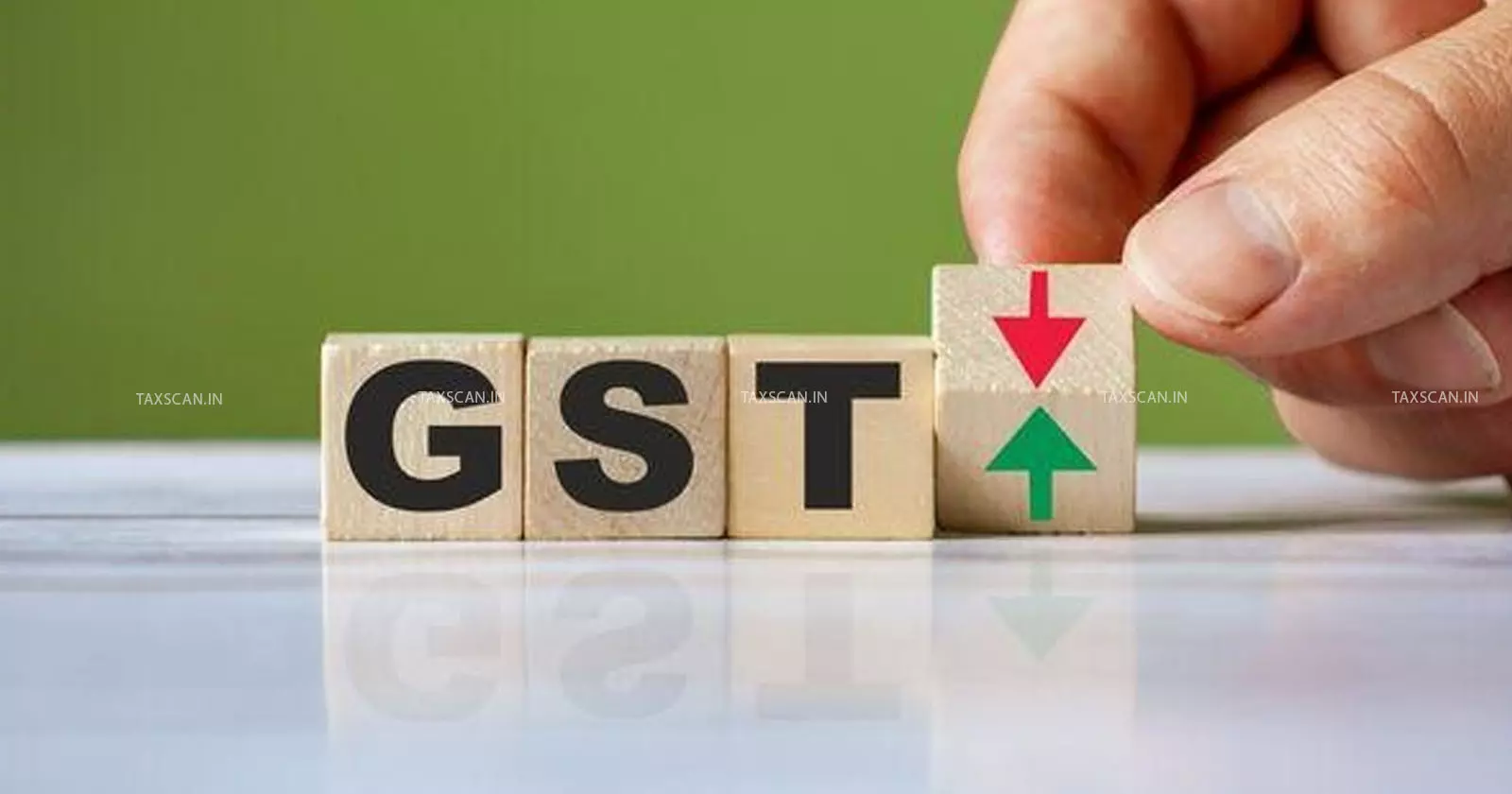Consumers Beware! “Old Stock, Old GST Rates” is a LIE that You Should Not Fall For
Such practices are false and constitute profiteering under the GST framework.

A major consumer scam has been flagged following the rollout of the GST 2.0 rate revisions effective 22 September 2025. Retailers may mislead buyers with claims such as “This is old stock, new GST rates do not apply.”
Under GST law, the applicable rate is based on the bill date and not the date of purchase of stock. This means that goods sold on or after 22 September 2025 must be billed at the revised GST rate, regardless of when the seller procured the stock. Time of supply is a very relevant measure under the GST law for every transaction entered into by the supplier of goods and services. This means the point in time when goods have been deemed to be supplied or services have been deemed to be provided to determine when the taxpayer is liable to pay taxes.
Also Read: Impact of Revised GST Rates with respect to Time ofSupply u/s 14: All You Need To Know
Tax professionals confirm that charging old rates after the revision is a clear violation of the law.
All-in-One Manual with Updated GST Laws & Provisions, Click here
The relevant legal safeguard lies in Section 171 of the Central Goods and Services Tax (CGST) Act, 2017. This provision prohibits businesses from holding on to benefits arising from a reduction in tax rates or increased input tax credit. Retaining such benefits amounts to profiteering, which is subject to strict penalties.
Read Also: :Anti Profiteering under the GST Regime: How ProductPrices should Vary Based on their Rate of Tax
Confusion often arises due to dual MRPs on products. In many cases, manufacturers re-label items with updated prices after a GST change. While dual MRPs are permitted temporarily, consumers must always be charged the lower MRP.
However, some sellers exploit this rule by insisting on charging the higher price, which is illegal under both GST and Legal Metrology rules.
Officials have advised consumers to remain vigilant against such malpractice. The first step is to check the invoice date, since any bill issued on or after 22 September must reflect the revised rates. Next, buyers should carefully verify the MRP labels and insist on paying the lower amount if two prices are displayed.
If overcharged, consumers have the right to file complaints. Grievances can be registered through the National Consumer Helpline at 1800-11-4000. In addition, profiteering cases may be reported to the GST Anti-Profiteering Authority for further investigation and action.
The recent GST Council meeting brought down tax rates on several essential goods such as edible oils, footwear, and certain household appliances, while revising upward the rates on luxury items and aerated drinks.
This mix of increases and reductions creates room for confusion, which unscrupulous traders may now exploit to their advantage.
Clear all Your Doubts on RCM, TCS, GTA, OIDAR, SEZ, ISD Etc... Click Here
Awareness is the strongest safeguard. Buyers and consumers should spread the message that stock date is irrelevant under GST law.
The law is clear: only the bill date determines the applicable rate. Denying consumers the benefit of revised GST rates is not only deceptive but also a punishable offence.
Support our journalism by subscribing to Taxscan premium. Follow us on Telegram for quick updates


